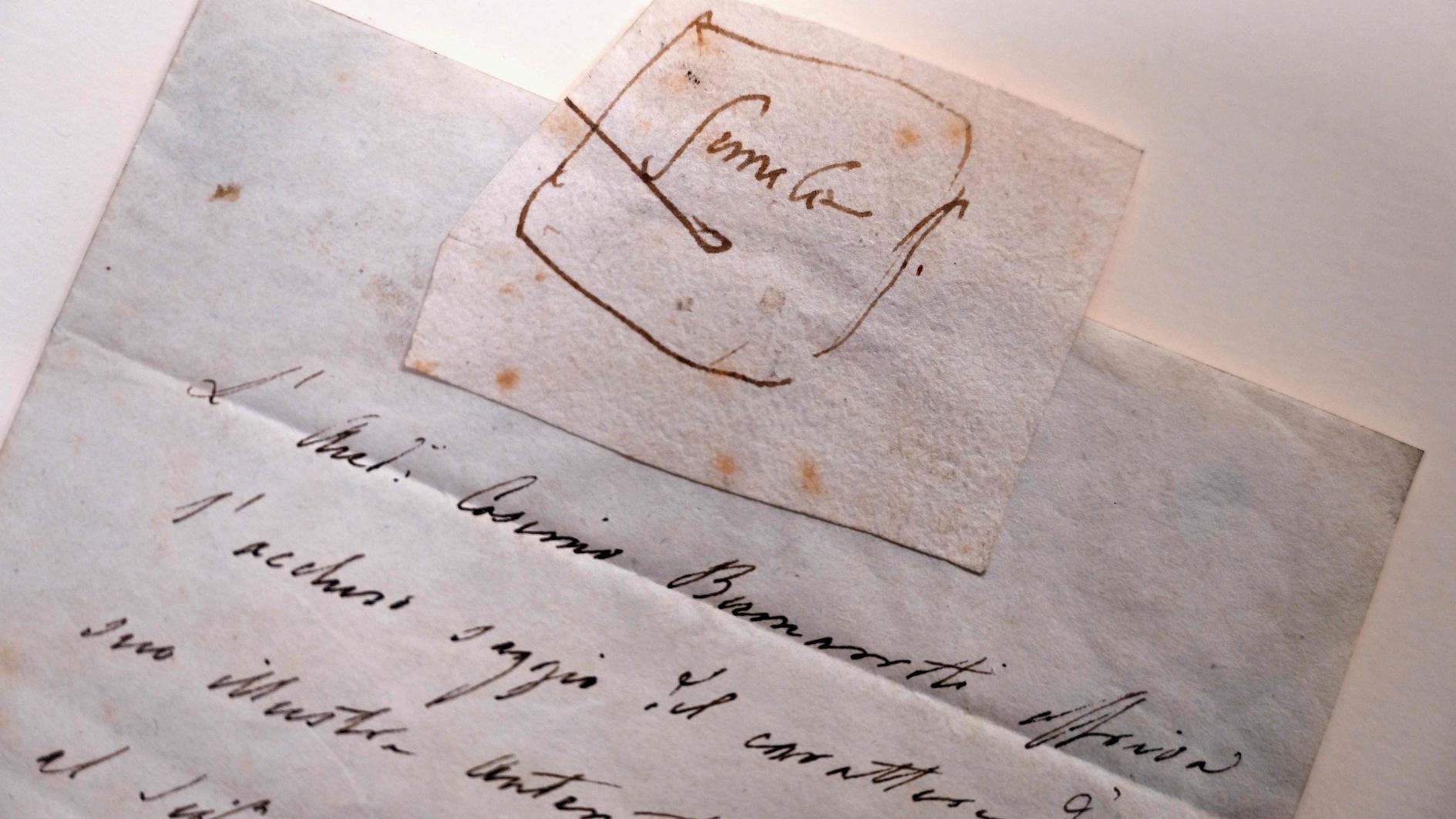Lucky, luminous lanterns
Aylin Öney Tan - aylinoneytan@yahoo.com

DHA Photo
When one sees a persimmon tree in a winter landscape, barren of all foliage, it is a scene that one can never forget. Persimmon has a striking beauty that catches the eye, like a sudden burst of sunshine in deep fog. The fruits are like lanterns hanging from the sky, almost suspended in the air, barely clinging to the leafless dry branches. Once in a while the almost bursting bombastic fruits free themselves from the branch, ending up as orange slush on the ground. Their jelly-like sweet flesh is divinely sweet.The persimmon fruit is known by many names, the most common being “kaki.” The Latin name has a divine connection to it: “Diospyros kaki,” meaning fruit or seed of God. Persimmon is also referred to as the date of paradise; the sweetness it contains is usually likened with the date, probably the sweetest of all fruits. In Turkish it is always associated with dates, called either “cennet hurması” (date of paradise) or “Trabzon hurması” (date of Trabzon). One odd Turkish name is local, it is called “amme” in Antalya, but the etymological connection of that one is beyond my knowledge. Every Antalya citizen is warmed in their heart by this fruit, which is so nostalgically reminiscent of the city’s old days. Persimmon is widely found in Turkey, mostly in forested areas, especially in the Black Sea region, as one of its names associated with the city of Trabzon indicates. The fruit is lusciously called “Sharon fruit” in Israel, where a special variety is developed in the valley of Sharon, deprived of its notorious mouth-puckering astringency. It has to be stated that though the fruit is known for its sweetness, the unripe fruit can be unbearably astringent because of the strong tannins present. Actually, most varieties of persimmon are edible only when fully ripe. One must not bite into an unripe fruit while captivated by its beauty, as it can be a regretfully annoying experience. Varieties one can bite into without risk of hurting your tongue, like eating an apple out of hand, are “hachiya” and “fuyu,” which are Japanese of course.
Persimmon, or kaki, is a fruit most cherished in China, Japan and Korea. Though also enjoyed fresh, it is mostly dried, strung up to dry in the sun and wind, like luminous lanterns hung up for a festival. When dried they lose their bright orange color, turning to an almost black, dark, powdery brown. The powdery surface is a coating of tiny molecules of crystallized sugar, sometimes scraped off to make a highly praised unusual delicacy pressed into tiny molds to be enjoyed like candy. In Korea there is even a festival dedicated to drying persimmons in Yeongdong, known also as the Holy Land of Fruit.
Dried persimmon can be eaten, or used in many ways, one delight being persimmon ssam, or GottGamSsam, a semi-dried persimmon stuffed with walnuts. In Korean the word “ssam” refers to a dish that is wrapped or stuffed. It is served with tea as a snack or treat, or placed into the traditional beverage SuJõngGgwa (a sweet gingery cinnamon drink) or even alcoholic beverages.
The bright, deep, orange color also gives persimmon an auspicious quality. It is considered a lucky fruit, highly sought after in the forthcoming Chinese New Year, and also widely celebrated in many Asian countries like Korea. So it is the time to hang up your lucky luminous lanterns for the night of Feb. 7 and get ready to step into the first day of the Year of the Monkey on the Feb. 8. Persimmon is heavenly in many ways, whether for its angelic beauty, its captivating, fresh, cucumbery scent, its lingering, eternal taste or its lucky attributions.
Bite of the Week
Recipe of the Week: One very practical way to enjoy persimmon is turn the pulp into a slush, or in other words into a sorbet. Just smash the pulp with a fork, take care to take out the seeds if the fruit is not a seedless variety, or whizz in a blender, then adjust the taste by adding powdered sugar and lemon juice. Trust your taste buds in doing this, as normally the taste of the fruit will be ideal but keeping in mind that sweetness is observed less in frozen food, you need to add just a little amount of sugar and a bit of acidity to balance the sugar. Freeze, while churning from time to time. Serve with a shot of vodka, or better with Campari. Heavenly!
Fork of the Week: Persimmon is not traditionally dried in Turkey like apricots and figs, but global influence is everywhere. Now, it is also dried in the Black Sea region. Widely available in good stores selling dried fruit and nuts, check the closest Malatya Pazarı store near you or head for the Spice Bazaar, to their original shop.
Cork of the Week: You can celebrate the end of Dry January, or the coming Chinese or Korean New Year, with a persimmon cocktail. Make the persimmon slush/sorbet in the recipe without adding sugar and lemon juice, just liquidize and freeze the fruit pulp. Place a good scoop of the sorbet in a whisky glass, add one part Campari and one part vodka, preferably Red Orange Binboa, or Grapefruit of Finlandia, or Dansk, or any of your favorite citrusy vodkas. Add a wedge of lime. Enjoy!












